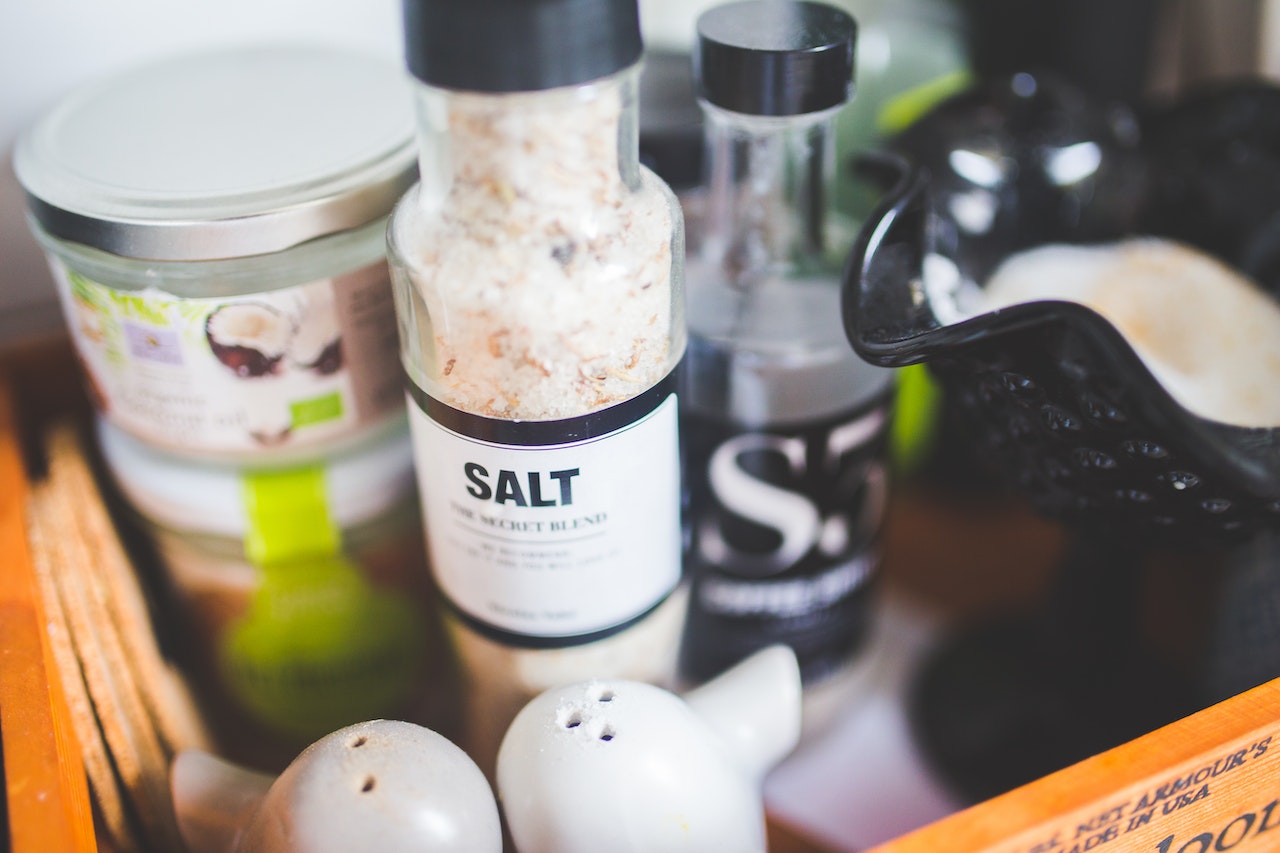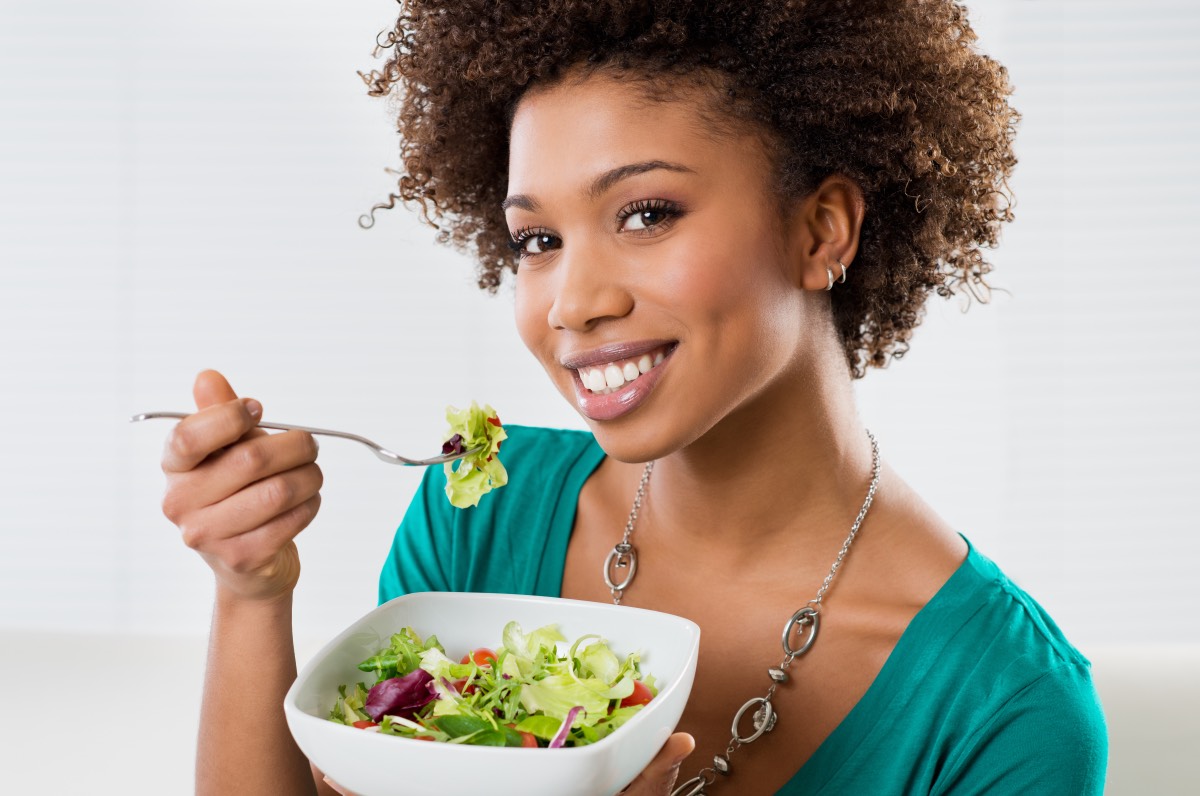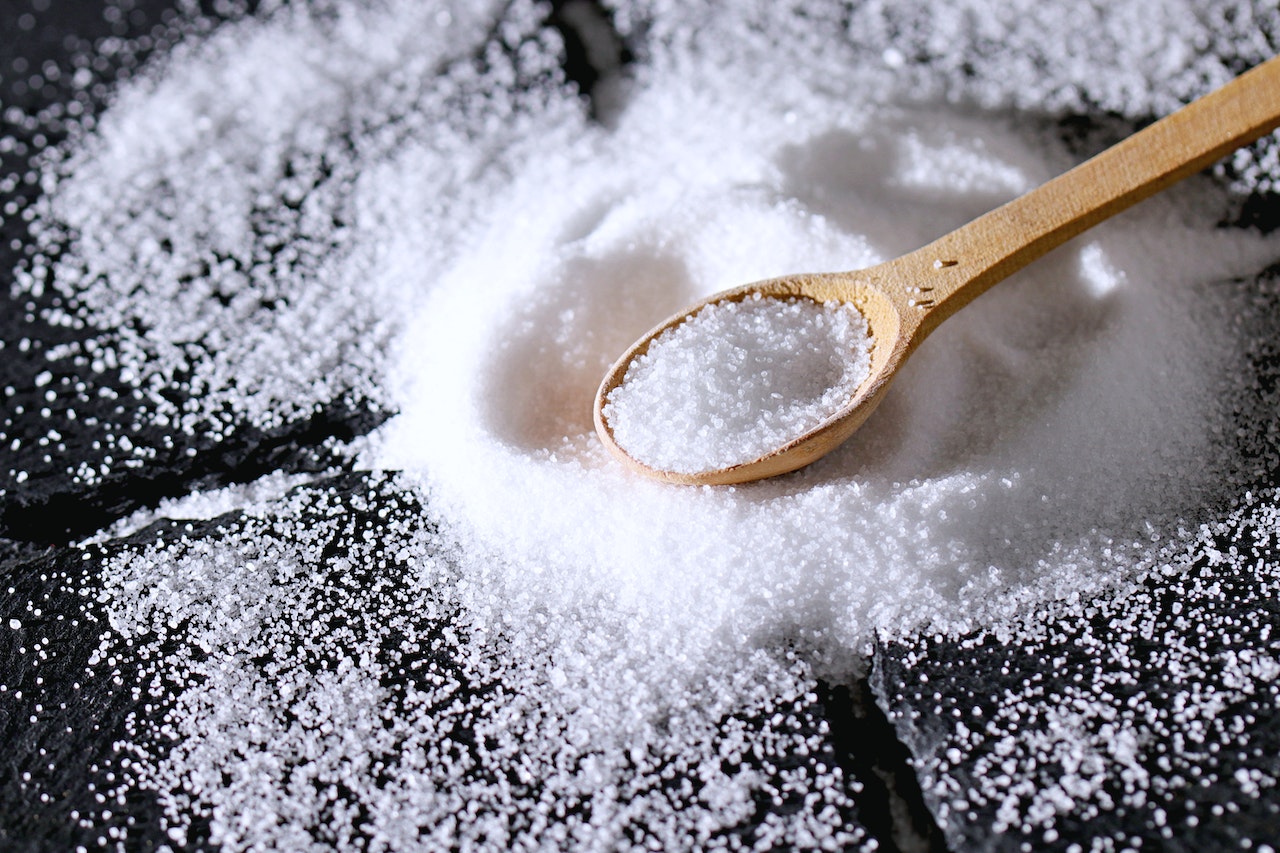[dropcap]S[/dropcap]alt – it’s a natural resource found everywhere from the ocean to our tears, it’s tasty and it can be really cheap to buy. But like many things, too much salt isn’t great, especially for our health.
Because it’s linked to Australia’s biggest killer – cardiovascular disease – salt is discussed extensively in health messaging and the media. But some messages about salt need to be taken with a grain of, well, salt. We’ve busted some salt myths to make it easier for you to stay healthy.

Myth 1: All salt is out to kill you, and you shouldn’t eat any of it
Eating too much salt can contribute to high blood pressure, which is linked to conditions like heart failure and heart attack, kidney problems, fluid retention, stroke and osteoporosis. You might think this should mean you need to cut out salt completely, but salt is actually an important nutrient for the human body.
Your body uses salt to balance fluids in the blood and maintain healthy blood pressure, and it is also essential for nerve and muscle function. Living without salt is impossible (you’ll die!), but this isn’t a problem for most Australians; the average Australian consumes double the recommended amount of salt.
So, while a little salt in your diet is necessary, keeping the amount in check is important. The Australian Dietary Guidelines recommend that adults eat no more than 5 grams of salt daily, which is less than one teaspoon. Most of us consume about 9 grams a day. To help you track how much salt you’re eating, you can find out how much salt is in packaged foods by looking at the food label for the ‘sodium’ level – salt is made up of sodium and chloride. Try to aim for items that have less than 120mg of sodium per 100 grams of food. You should aim for a maximum of 2000mg of sodium a day.
Myth 2: Pink/black/rock/sea/Himalayan salt is better for you than other types of salt
You might have seen some varieties of salt advertised as having extra health benefits that regular table salt doesn’t, like containing minerals that are good for your body. Consumer advocacy group CHOICE says Australians should be wary of these health claims, as the minerals found in salts like Himalayan Sea Salt are often very small amounts.
Himalayan salt, sea salt, rock salt, black salt, pink salt, unicorn salt – in the end, it’s all still salt. Upping your salt intake to try and get the benefits of an advertised mineral might lead you to consume far too much salt, putting yourself at risk of disease.
If you’re looking for a great way to get healthy minerals and other nutrients in your diet, fruits and veggies are a great source of these. Head on over to the Healthier. Happier. Colour Wheel to determine what nutrients are in your favourite fruit and veggies.
Myth 3: Some people naturally crave more salt than others
Good news for those who think they’re naturally a salt eater – the taste for salty foods is learned rather than built-in. It’s possible to retrain your taste buds to like foods with less salt in them, it’ll just take a little time.
Try these tips from Eat for Health for eating less salt:
- eat mostly fresh food instead of processed food which tend to be high in added salt
- go for packaged and canned foods labelled ‘no added salt’, ‘low salt’ or ‘salt reduced’
- compare similar packaged foods by looking at the food labels and choosing the item with less sodium
- swap deli meats like ham for canned fish (in springwater) or leftover meat from your last meal
- use small amounts of sauces with a high salt content
- flavour your cooking with a variety of herbs and spices
- avoid adding salt at the table – you could even leave the salt grinder in the cupboard.

Myth 4: You can tell that a portion of food is salty by tasting it
Some foods with a high salt content won’t taste very salty at all. Many packaged foods that contain a lot of salt have other ingredients that balance out the salty flavour so that the salt is effectively hidden in the food.
You can visit the Heart Foundation and VicHealth’s website Unpack The Salt to find out more about reducing hidden salts in your diet.

Myth 5: You should eat or drink more salt after working out
Salt comes out of your body in two ways – through urine and through perspiration – but that doesn’t mean you need to add extra salt to your diet every time you break a sweat.
Some products, like sports drinks, are advertised as a good way to replace lost salt after working out. Under usual circumstances, sports drinks containing electrolytes are not necessary for rehydration – replacing lost fluids and salts. Tap water and a healthy diet will help replace any nutrients lost during activity. You can read more about good hydration and how to avoid dehydration here.
Sports drinks can be used to rehydrate if you have exercised continuously for 90 minutes or more. If you’re thinking about starting a new and more strenuous exercise regime and wondering about how to rehydrate properly, it’s a good idea to talk to your doctor about how this might affect your health and your dietary needs.
Myth 6: If you had high blood pressure caused by too much salt, you’d be able to tell
More than 30% of Australian adults have high blood pressure, and according to the Heart Foundation, half of them don’t even know it.
Most people with high blood pressure don’t display any symptoms, so it’s important to check your blood pressure regularly. If you have high blood pressure, reducing salt, regular physical activity, moderating alcohol intake, quitting smoking and reducing stress, might help manage it, reducing the risk of damage to your body.







